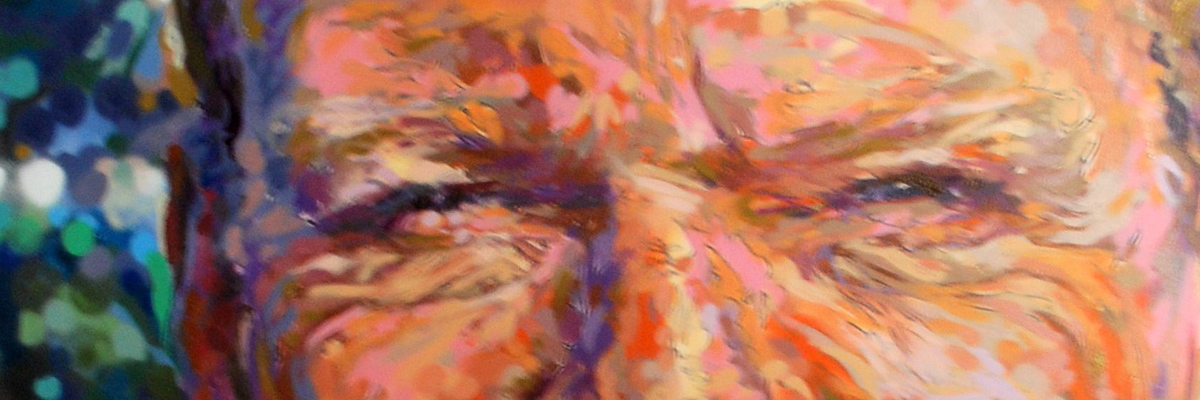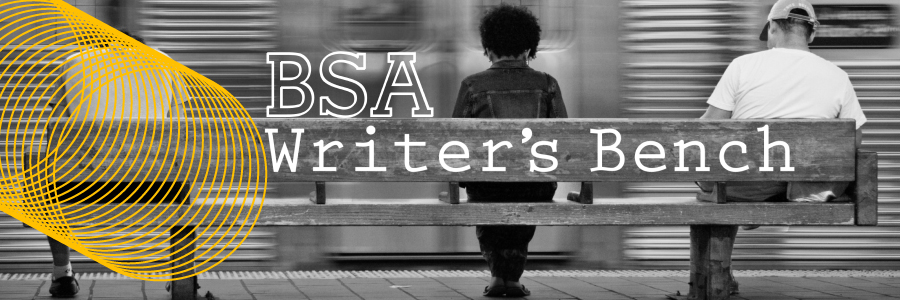
Like graffiti writers sharing black books and styles, BSA Writer’s Bench presents today’s greatest thinkers in an OpEd column. Scholars, historians, academics, authors, artists, and cultural workers command this bench. With their opinions and ideas, we expand our collective knowledge and broaden our appreciation of this culture ever-evolving.
by James Prigoff
Graffiti Documenting and Divinity
A writer once shared with me the following observation concerning the early documentation of modern graffiti, if stated in religious terms.
He said:
Henry Chalfant would be God. Martha Cooper would be the Virgin Mary. Jim Prigoff would be Jesus Christ, Jack Stewart the Holy Ghost.
Subway Art would be the Bible. Spraycan Art the New Testament.
I’m no savior, but I’m proud to have saved some incredible and iconic images of this culture while they were painted and to have met so many talented artists.
My Background
Graduating from M.I.T. in 1947, I set out with my wife and on an eleven-week camping journey to visit the U.S. and Western Canada’s natural wonders. It was then that I became interested in photojournalism to record and share my experiences.
I enjoyed documenting archeological site ruins around the world as a member of the Explorers Club during the 1950s. Still, it was the periods of a geopolitical upheaval of the 1960s, 70s, and 80s that undeniably informed my work. Being a very political person, these events and movements became a strong part of my documentation.
Discovering Tags
It was only natural when I attended a mural slide show in the early 1970s that I became fascinated with the political nature of the art in the streets. I began to seek and document murals all over the world with my camera. While combing the streets of NYC searching for painted murals, tags of all varieties kept getting in my face and grabbing my attention. After seeing enough Taki 183’s, Bio’s, Med’s, IN’s, a few PRAYs on subway platforms, an early Futura of arrows and stars in the west side train tunnel, and a T-Kid 170 on a curb, I took a few pictures of tags. In Philadelphia, I likewise began noting tags of writers, like those by Cornbread, for example.
As I observed the markings, it didn’t take long to realize that something important was happening on the streets. Living in a celebrity culture, how could youth be heard? They couldn’t put their tag on a vanity license plate and very few had the skills to become famous athletes or movie stars, but they could “get up” on the walls of their neighborhood. Pretty soon, they figured out that they could tag subway cars and, as the culture developed, actually do pieces on the outside of subway trains. Not traveling more than a few blocks from the Bronx, they could send their names all the way to Canarsie. Years later, advertisers would take cues from these youth with their ads mounted on trains’ sides.
A Graffiti Timeline
A quick, very minimal timeline sets the stage for worldwide exposure; Taki 183’s notoriety from the New York Times article in 1971 was a wake-up call. Guzman Cesaretti’s “Street Writers” (1975) and Mervyn Kurlansky and Jon Naar’s “Faith of Graffiti” (1975) with Norman Mailer’s essay, listed some 750 tag names. Not always noted, but essential was Craig Castleman’s “Getting Up” in 1982. Martha Cooper and Henry Chalfant’s “Subway Art” (1984), chronicled the New York trains, and Chalfant’s and my “Spraycan Art” (1987) went around the world – those last two books collectively sold over one million copies and were shared with millions more.
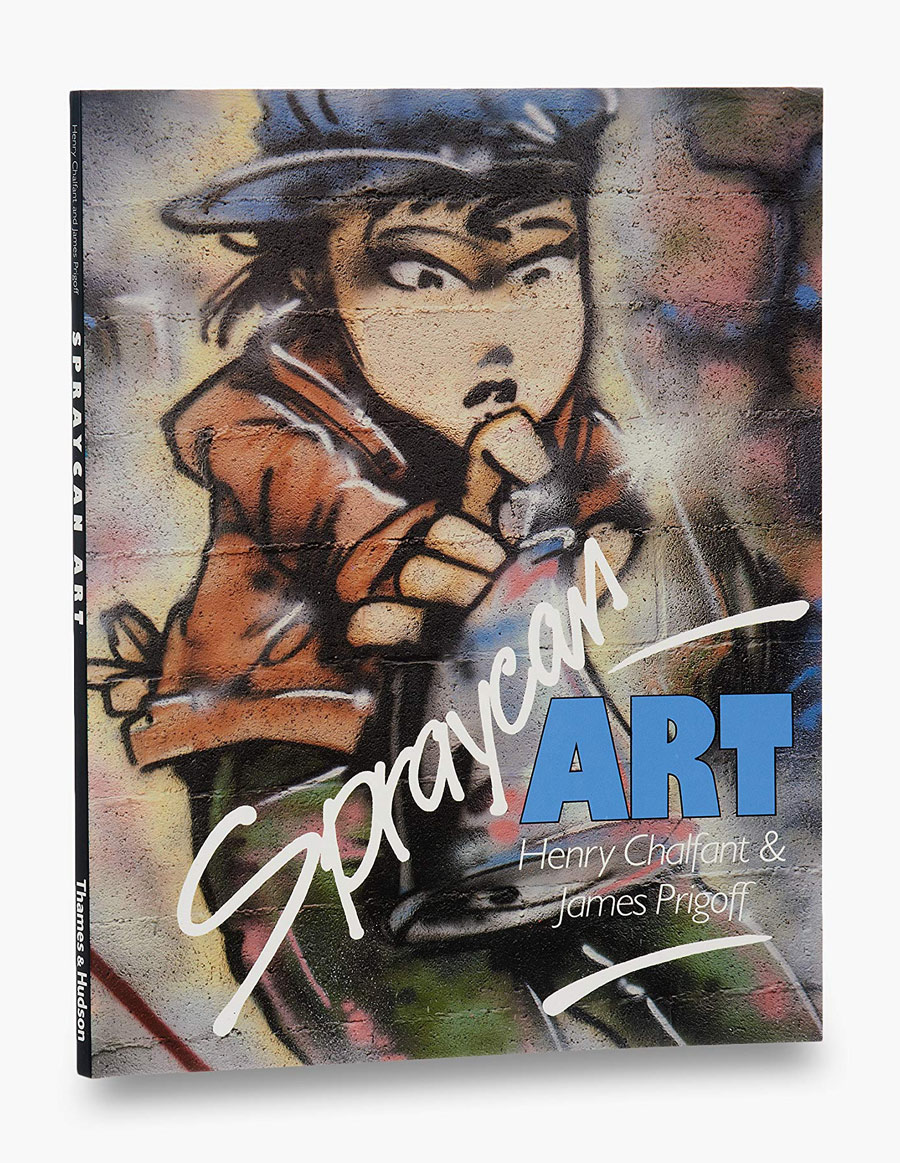
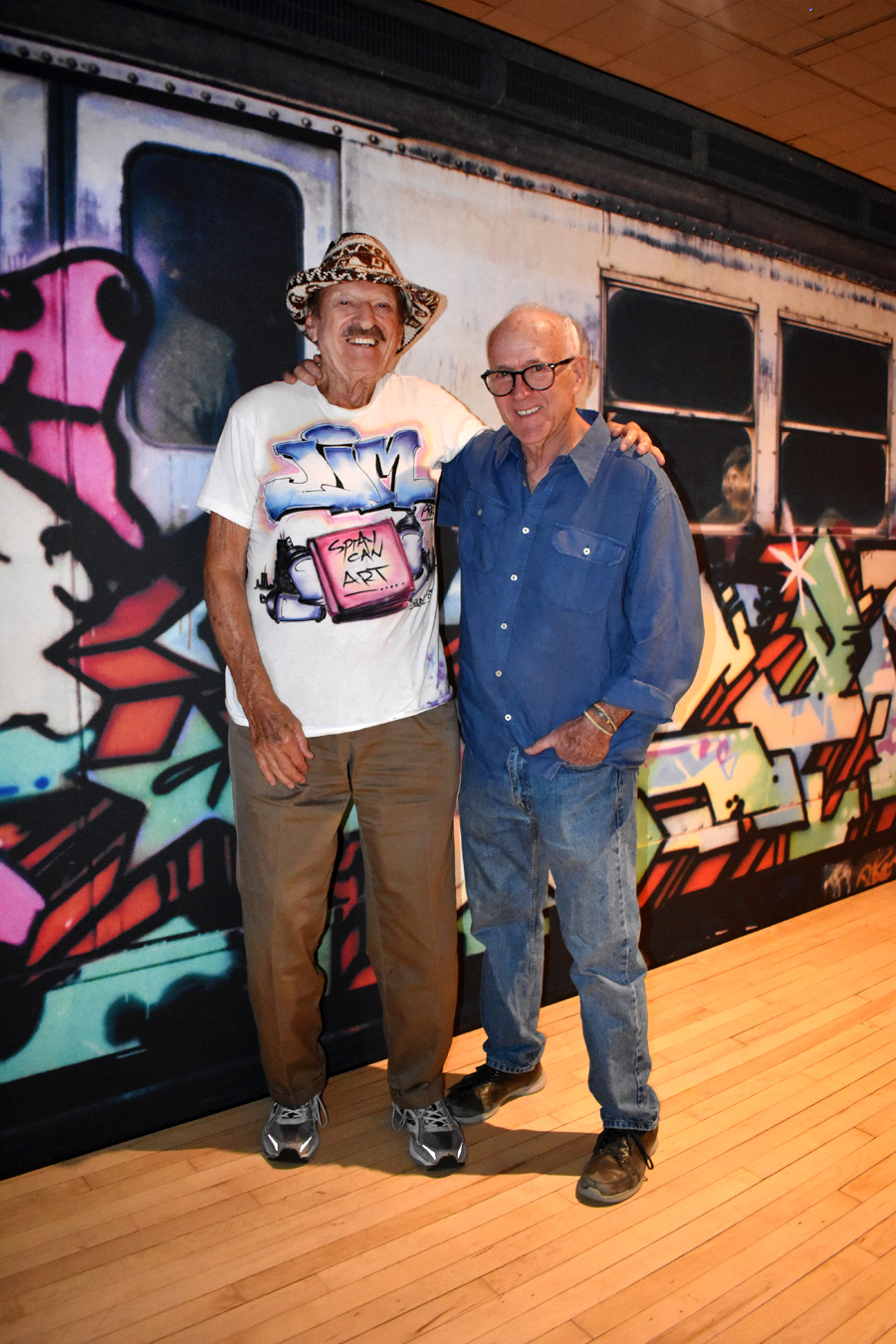
When Tony Silver came to see me in San Francisco to talk about raising money for his iconic film “Style Wars” (1983), I wasn’t much help. But he suggested that the next time I visited NY I should meet his partner Henry Chalfant. That became a life-long friendship. By that point, I had done substantial documentation of the art form, and I wrote to Henry to suggest that he join with me to create a book about how the art produced in the tunnels had come to the walls and handball courts of NYC and then traveled across the country.
Henry’s response was simple. “My brain is Graffitied out” – but – “let’s do it”. It didn’t take long to determine we should go around the world. When working on the book in New York, I would sleep in Henry’s SOHO studio. From time to time there would be a knock on the door at 2 or 3 a.m. The writers would tell me they just happened to be in the neighborhood and they were stopping by to see if anyone was up!

During that time, Graffiti culture also came to the big and small screen: Tony and Henry’s film documentary “Style Wars” (1983), Charles Ahearn’s “Wild Style” (1983), and the more commercial “Beat Street” (1984) directed by Stan Latham each appeared, having a significant impact in terms of educating the public about the scene.
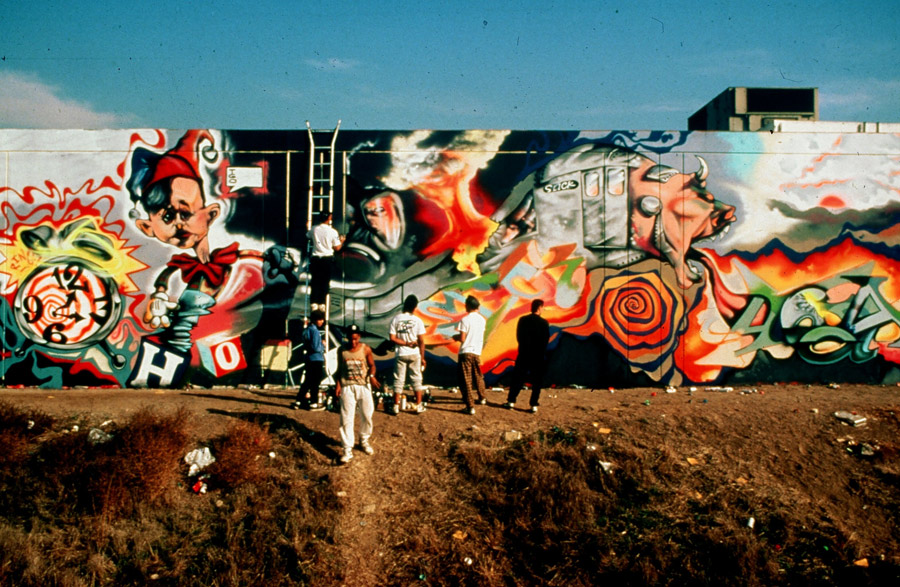
Greater Documentation, Artworld Interest, and Proliferation on the Internet
There appears to be a lapse regarding documentation for much of the 1990s. Still, beginning in the early 2000s, there appeared to be a near over-saturation of graffiti books and films produced from all over the world. “Graffiti World” by Nicholas Ganz and “The History of American Graffiti” by Roger Gastman and Caleb Neelon stand out for me. Also notable are Alan Ket’s many graffiti and Street Art titles, which I believe number into the teens. Alan, Carlos Mare, and Allison Freidin opened the Museum of Graffiti in Wynwood, Florida, in 2019, and it has become a world destination to visit.
Artist and documentarian Jack Stewart captured the very early trains, but not many people knew of him because he only wrote a Ph.D. thesis on the topic, and the information wasn’t widely shared. It wasn’t until the late 2000s, after he had passed that his wife finally had his important work published, Graffiti Kings: New York Mass Transit Art of the 1970s.
In the 1980s, major art dealers’ efforts in the US and Europe to move the art form indoors to canvases eventually fizzled as writer’s hours and art dealers’ working days were greatly at odds. But during that decade, Patti Astor’s FUN GALLERY had a major impact along with Fashion Moda in the Bronx, and Sydney Janis began showing the art as early as 1984 at his uptown gallery on 57th street.
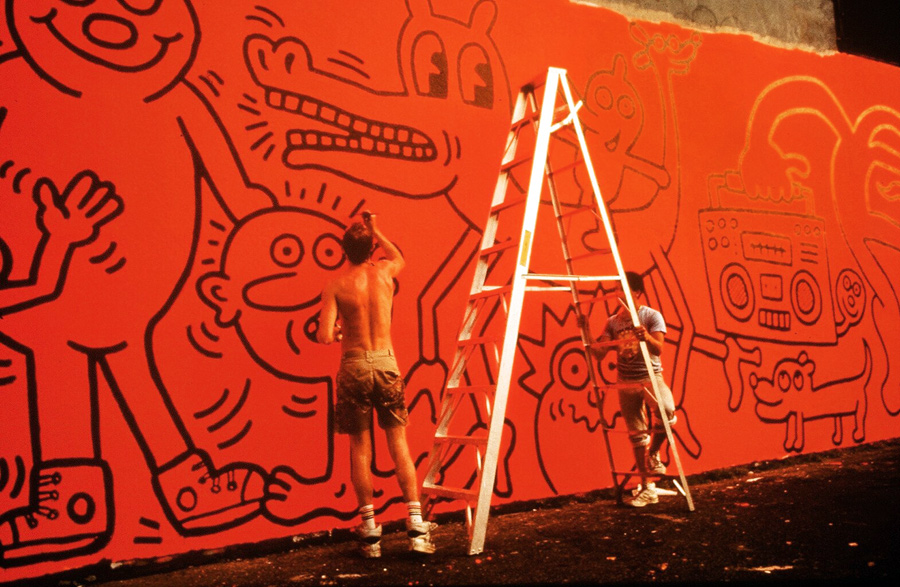
The elite Artworld is always looking to find “stars,” and the eighties produced two who would enjoy the accolades and collectability of many of the famous pop-artists. Through their association with Andy Warhol and their own outstanding talent, Keith Haring and Jean Michel Basquiat became the focus of the collectors, in a way that was overshadowing to many other very talented spraycan artists.
And then there was the Banksy phenomenon.
The Internet changed everything. No longer printing pictures and exchanging them by snail mail, there arrived emails, Tumblr, Facebook, Instagram, Graphotism, at 149TH st., Aerosol Planet, and a thousand websites that gave instant access to everything that was happening worldwide. Susan Farrell’s “Art Crimes” was the granddaddy of such sites.
An ever-shifting ecosystem of Graffiti and Street Art websites like BSA have assumed an integral role in analyzing, collecting, and disseminating images, stories, history, and context for hyper-local and more international scenes as they continue to evolve now. Add to all of this the writers who became Graffiti magazine publishers, numbering hundreds if not thousands, and the exposure has become enormous.
From Tags to Throw-ups, to Pieces – to Masterpieces – to Murals – to Street Art; Now it is being referred to as Urban Art, even Urban Contemporary Art.
Commercial Interest, Murals, Museums, and Art vs. Vandalism
Today, cities around the world hold week-long events painting the walls with artists both local and international. Murals convert towns into destinations, often replacing lost industries. Today the number of these events appears countless.
In recent years major exhibitions have moved the art form to a new level of institutional recognition; “Beautiful Losers” (2004) at the Yerba Buena Museum in SF, The Tate Modern’s “Street Art” in (2008), L.A. MOCA’s “Art in the Streets”(2011). The Wynwood Walls project in Miami got its start as a new mecca for Graff in (2009), Shepard Fairey’s (2010) one-person show at Boston’s ICA, Basquiat at the Musee d’Art Moderne in Paris, Haring in multiple exhibits and cities, Barry McGee as well, and JR got a Ted award. Banksy’s “Exit Through the Gift Shop” film found a broad audience and was nominated for an Academy Award. (2011). In 2018 Roger Gastman curated “Beyond the Streets” in Los Angeles and followed that show in 2019 in Brooklyn. The Bronx Museum had a retrospective of Henry Chalfant’s train documentation and his many other involvements in the Hip Hop movement (2019)
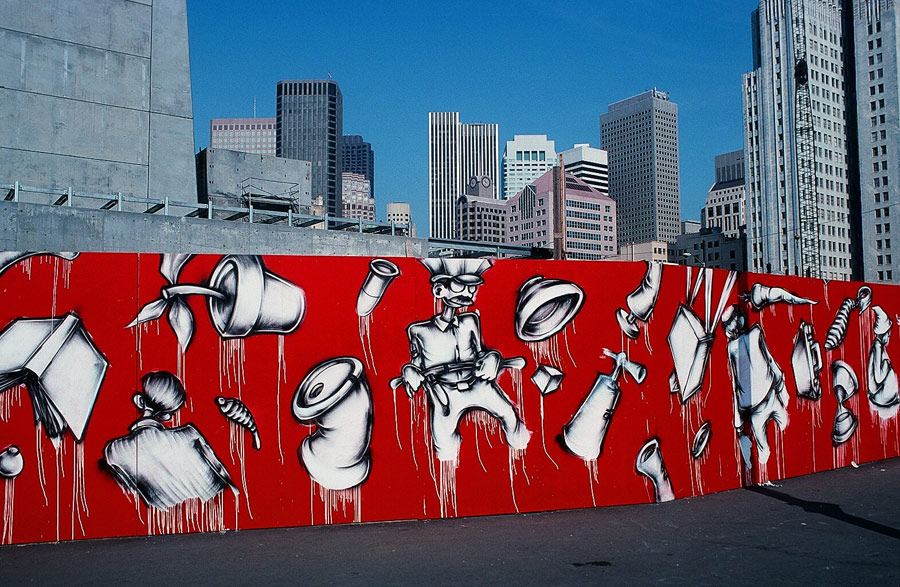
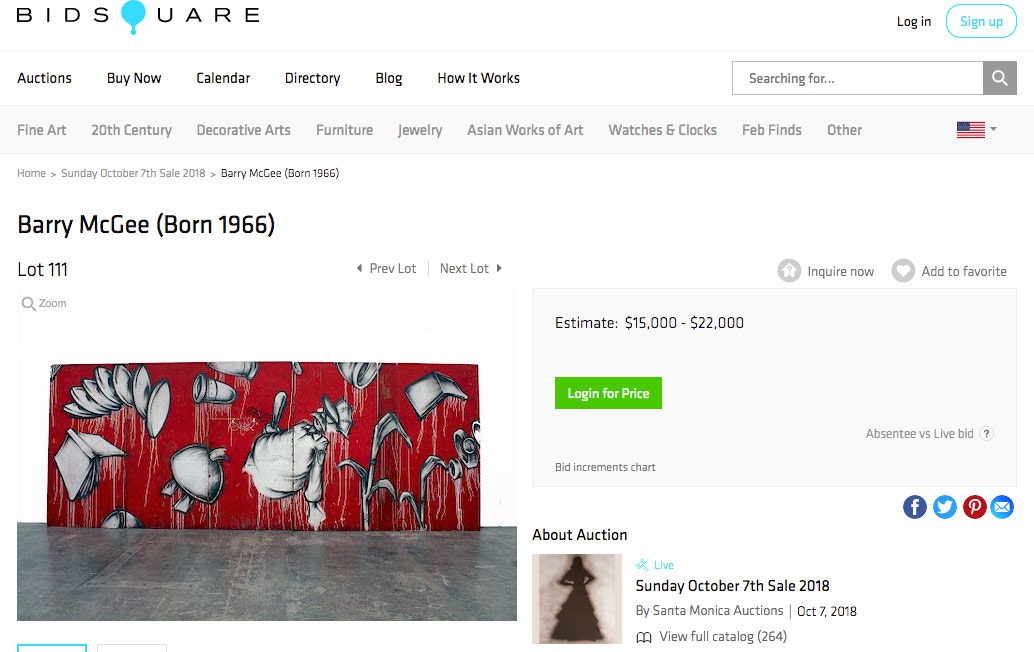
Panels on auction in 2018
In Europe, collectors have been acquiring the early art as Art Curiel in Paris has held many highly successful auctions that fetch high five-figure bids and even six figures for canvases. A Kaws in Hong Kong recently sold for $14 million, and a Basquiat went for $110 million at a Sotheby’s. While thinking historically about the earliest tags, I coined the phrase “From Tags to Riches.” It seems very appropriate now. Another of my favorite sayings is “Commercialism Co-opts Oppositional Culture.” Nothing could be truer as images of spraycan art have been used to promote many commercial products.

At one point, the title of many discussion panels was “Is it Art or Vandalism,” or a variation of it. I stopped participating in such forums back in the eighties because I was not too fond of the simplistic characterization. Vandalism, yes. However, some of the works and the culture that was created contributed significantly to what would become the most important art form of the last fifty years. Writers liked the term “illegal” because it was more daring. For me, in lectures, I always referred to the art as permissioned and non-permissioned.
A Few Other Observations
Who Gets to Write on the Bus?
If you are an advertiser, it’s no problem. If you are Jerry Brown running for President with a marketing war chest, you can hire Frame from LA to paint a whole bus with your name on it and have it driven around Washington. But if you are a graffiti tagger, it would be a $10,000 fine and six months in jail if you were caught.
This Practice Has a Long History
Modern graffiti is said to have started around 1969, but humans have been decorating walls in places like Lascaux in France and Altimira in Spain in 17,000 B.C. Recent finds in Madagascar go back to perhaps 60,000 B.C. Yanomami tribes-people in the Amazon left their handprints on walls, Graffiti on the lava covered walls of Pompei, conquistadors wrote their names outside of Gallup, New Mexico in 1624, and French soldiers wrote on walls at Angor Wat in Cambodia in 1804. More recently, “Hi Mary from Des Moines” was tagged on the Berlin Wall.
Artists Whose Work Impacted Me
I focus primarily on the US and its writers here, leaving the rest of the world for future in-depth commentary by those who live abroad and have greater expertise. The practice of naming names is disastrous when you have limited space but since I have named a few already, let me take the risk of a few more who have been important connections for me along the way – with apologies to all those whose names I believe deserve to be here:
BLADE, who claims 5,000 trains, FREEDOM and his famous NYC tunnel, HOW/NOSM, who have painted giant murals in over 70 countries, SEEN, LEE, LADY PINK, THE TATS CRU, DAZE, CRASH, BRETT COOK AKA DIZNEY, MARK BODE, TWS and TMF CREWS SF, APEXER, CHAZ BOJORQUEZ, the Godfather of Graffiti, RISK, HEX, SLICK, RETNA, MARKA 27, CALEB NEELON – SONIC, BILL DANIELS.
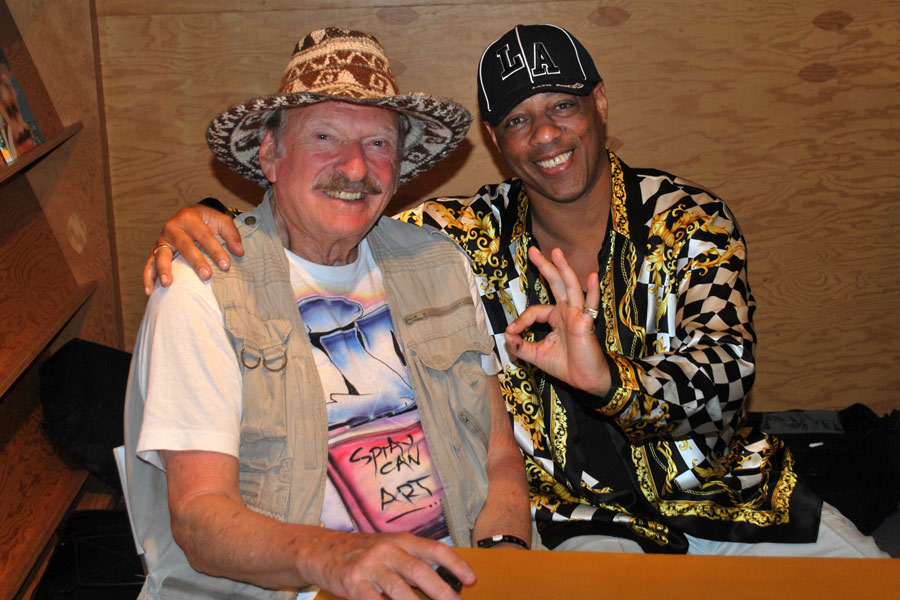
I also want to mention a few writers who came to the states to paint. The Os Gemeos twins from Sao Paulo, Loomit from Germany, D’Mote and MAD C from Australia, ASKEW from Auckland, Herakut from Germany, BEN EINE from London, BLEK LE RAT from Paris, ROA from Belgium, Bando and Mode2 from Paris, and SHOE from Amsterdam.
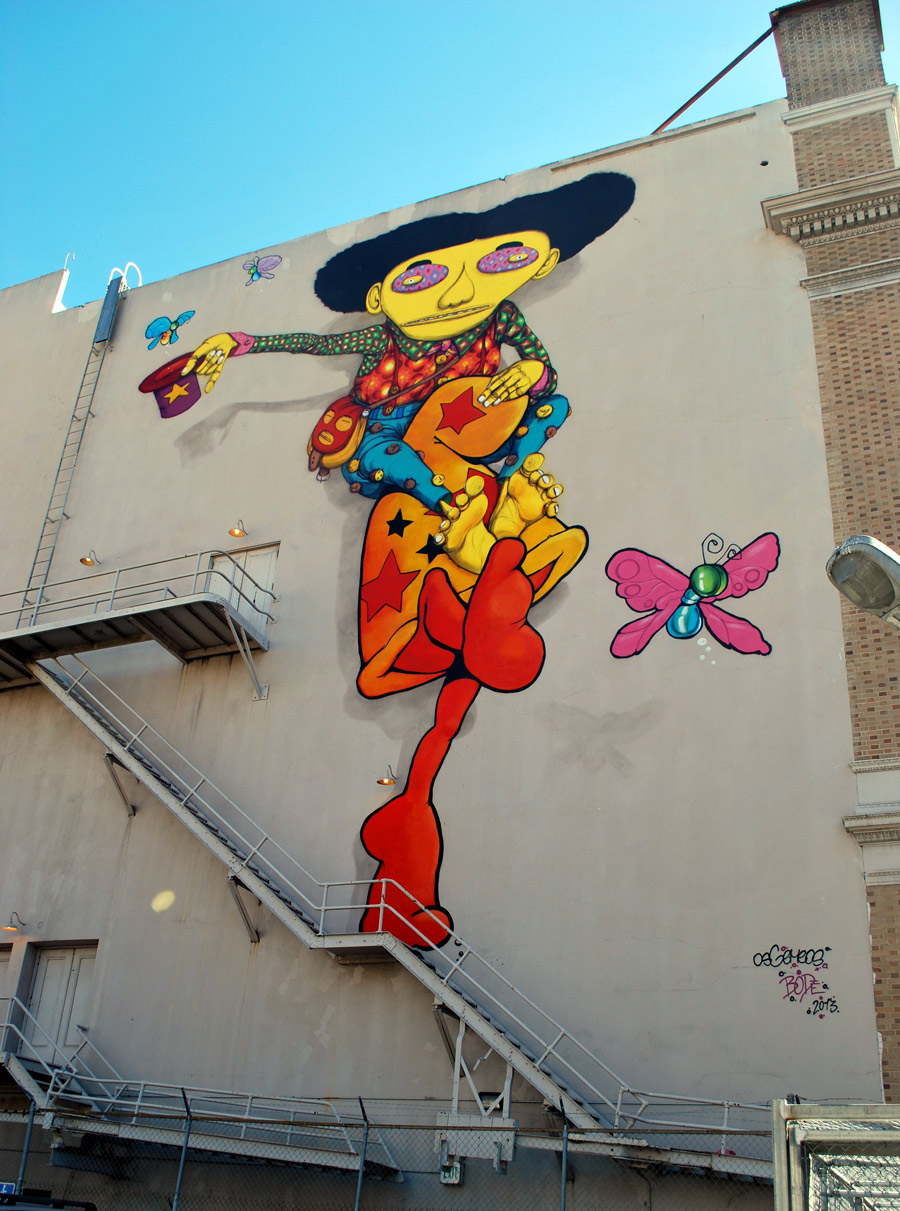
A Personal Graff War Story
In my years documenting the scene, the only close call I had was a result of my own misjudgment. I was on the Pelham Amtrak tracks with SAR and SACH, and suddenly someone shouted “train coming!”. I ran to the wall instinctively, without thinking about the spatial requirements that the train would occupy – it would overhang the track, and I would be crushed against the wall. My companions began shouting at the top of their lungs that I should reverse course. That forceful and timely guidance perhaps helped me set a broad-jump record: I leaped across the tracks to safety while the train rushed by. I thank them for that.
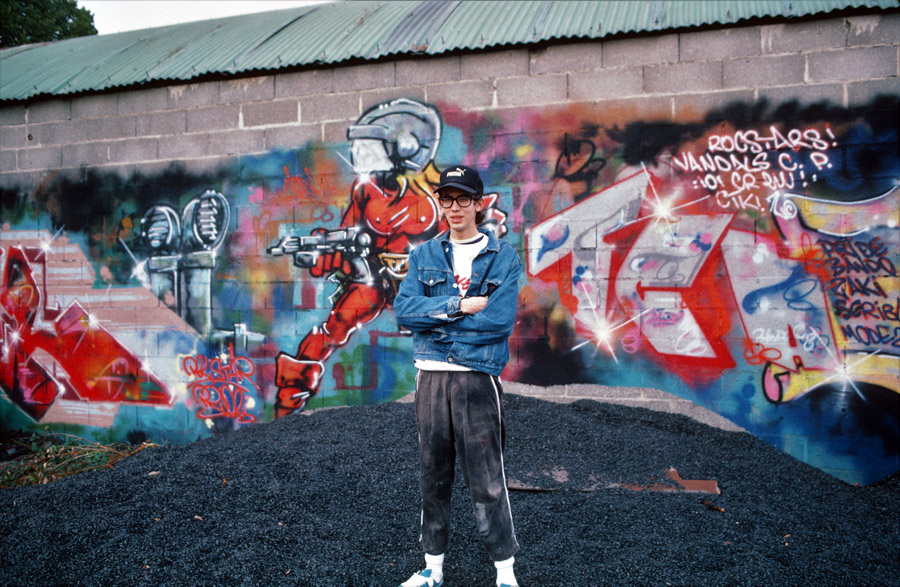
painted in1985 and shot in1986. The shout out on the right is to THE CHROME ANGELZ (TCA) crew members. (photo © Jim Prigoff)
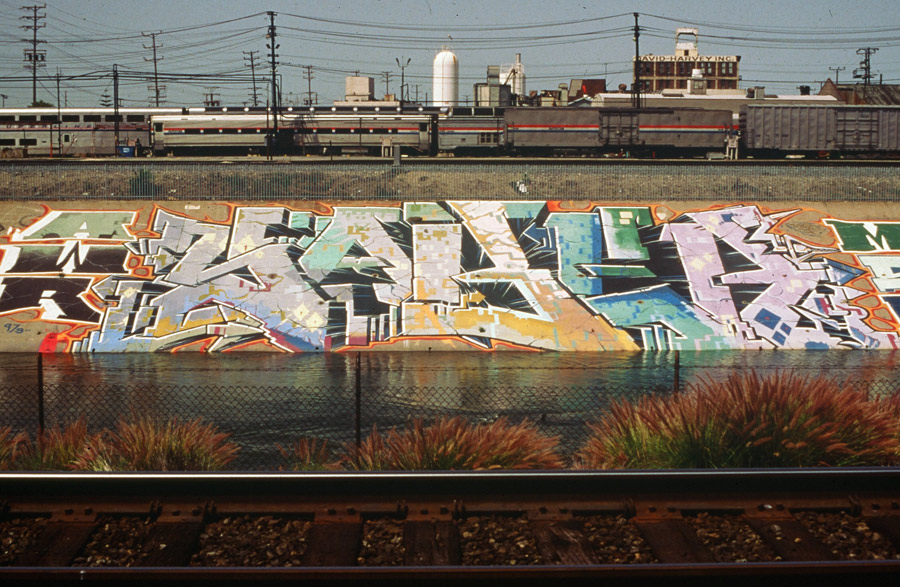
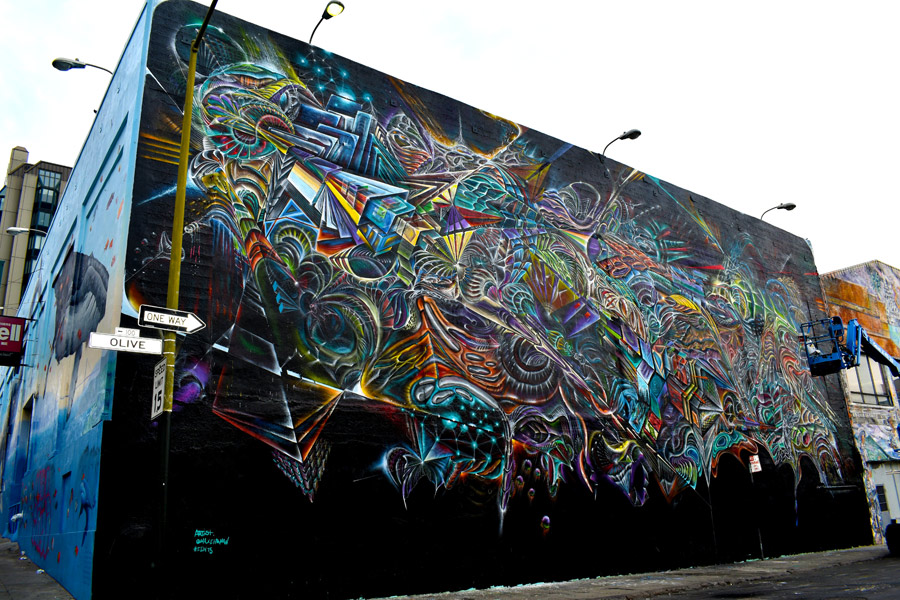
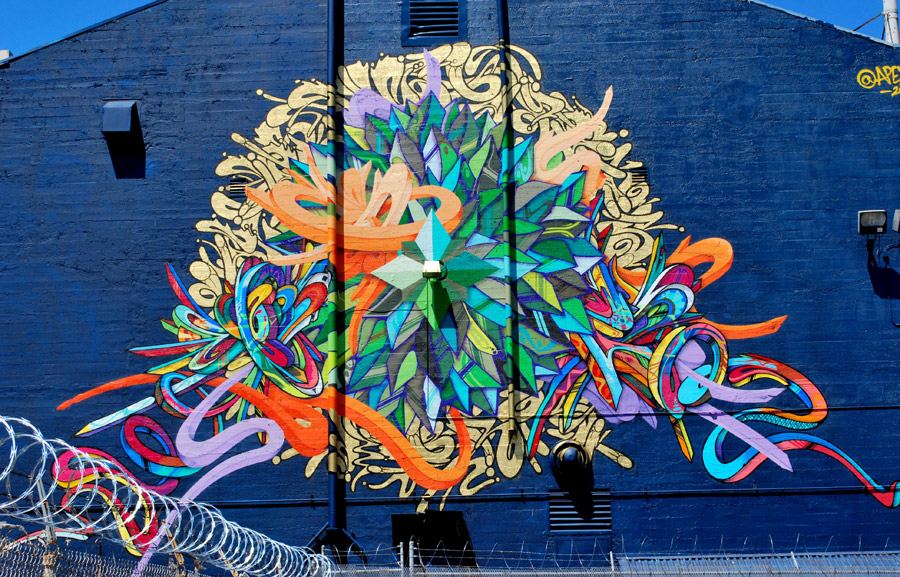
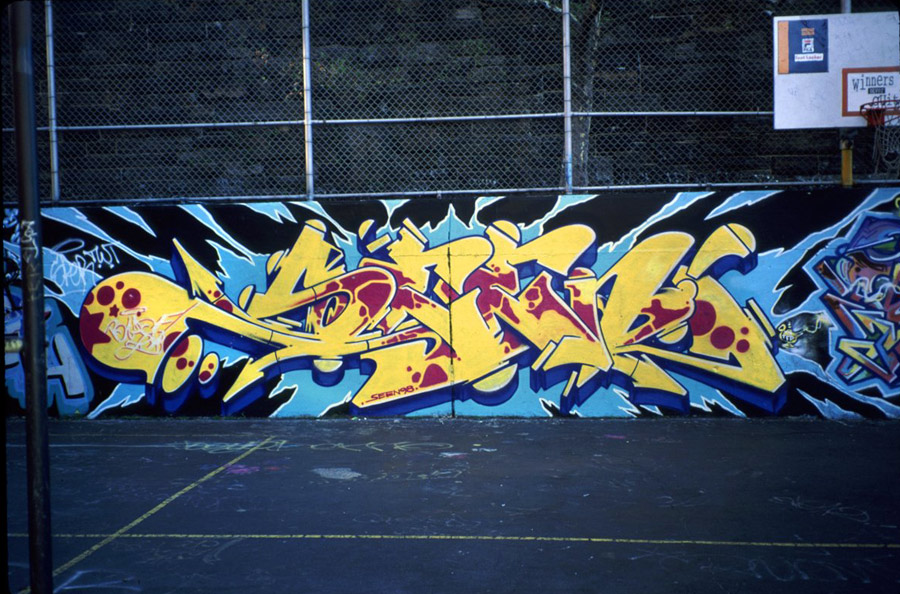
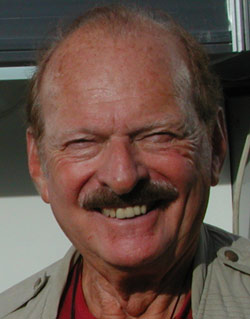
Jim (James) Prigoff
James Prigoff is co-author of Spraycan Art with Henry Chalfant (1987), Painting the Towns: Murals of California with Robin J. Dunitz (1997), and Walls of Heritage, Walls of Pride: African American Murals with Robin J. Dunitz (2000).
His photographs have been exhibited in galleries and museums, including:
Art and Design Museum (LA), Brooklyn Museum, Cambridge Arts Council, Crystal Bridges Museum of American Art (Arkansas), de Young Museum (San Francisco), Los Angeles Museum of Contemporary Art (LA MoCA), Museum of Graffiti (Miami), Oakland Museum, Smithsonian Museum (Washington, DC), Tate Modern (London), and The Broad Museum (LA)
He won the ‘Urban Legends’ Lifetime Achievement Award from the Estria Foundation (2012) and is cited in The Explorers 50: Fifty People Changing the World that You Need to Know About from The Explorers Club (2021)
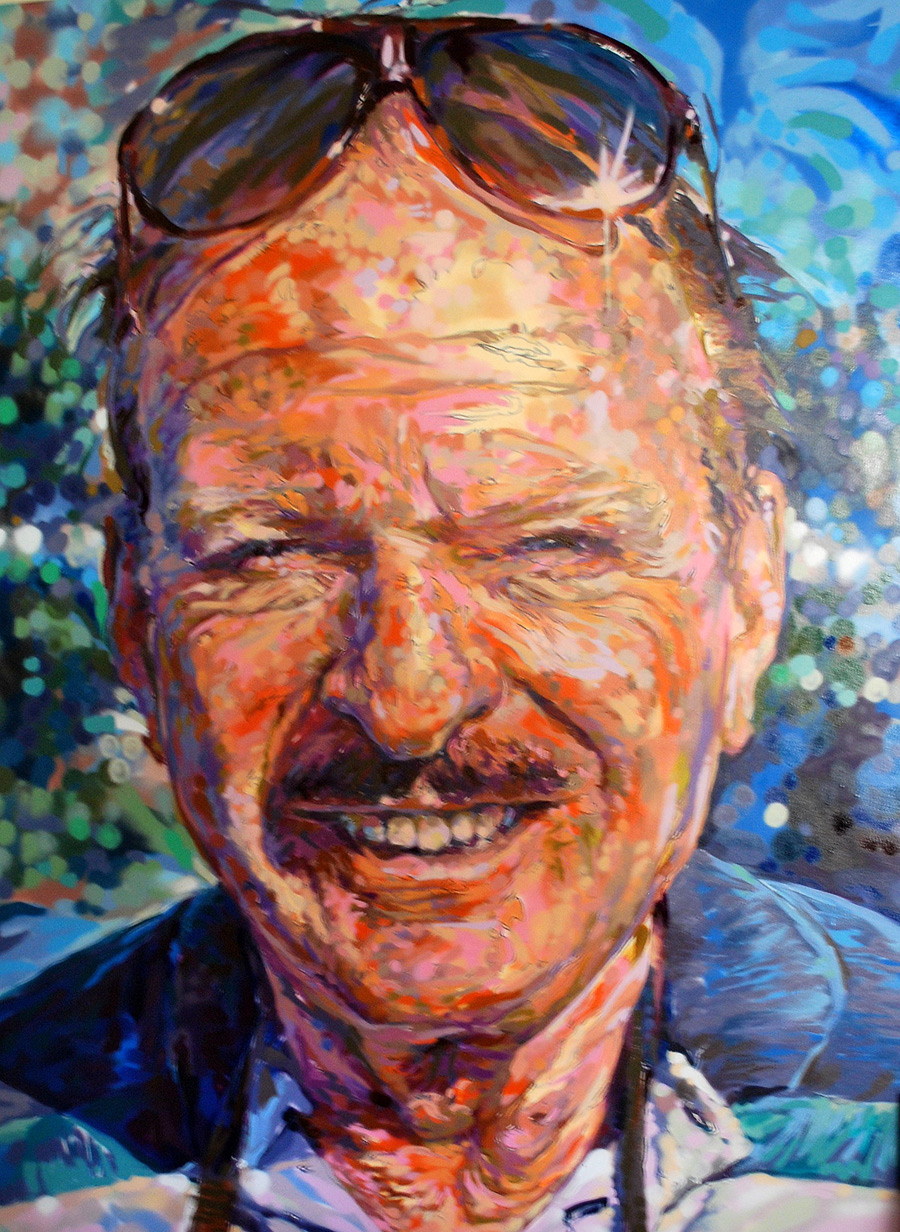
Opinions expressed on BSA Writer’s Bench do not necessarily reflect those of the editors or BSA.
 BROOKLYN STREET ART LOVES YOU MORE EVERY DAY
BROOKLYN STREET ART LOVES YOU MORE EVERY DAY